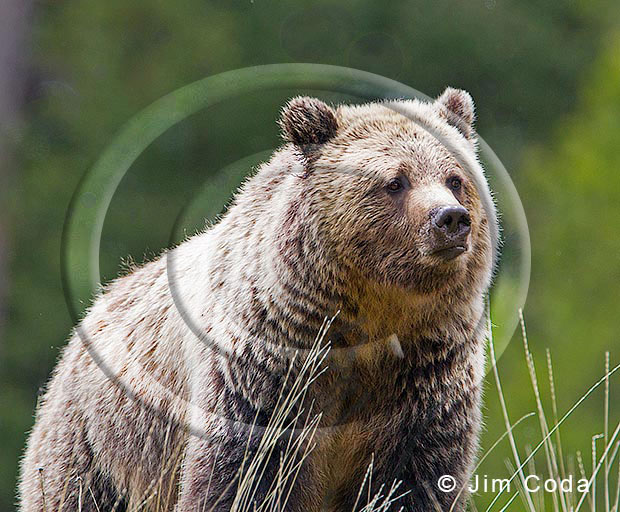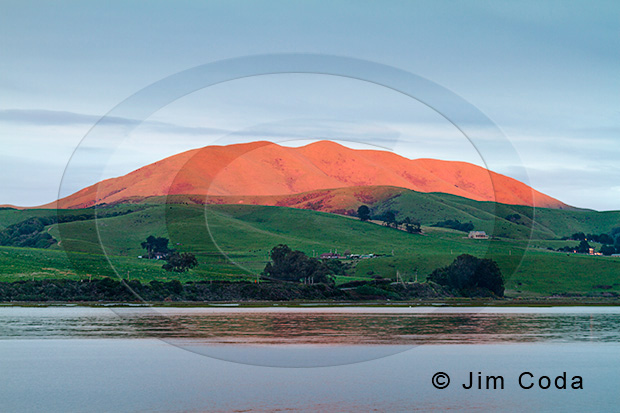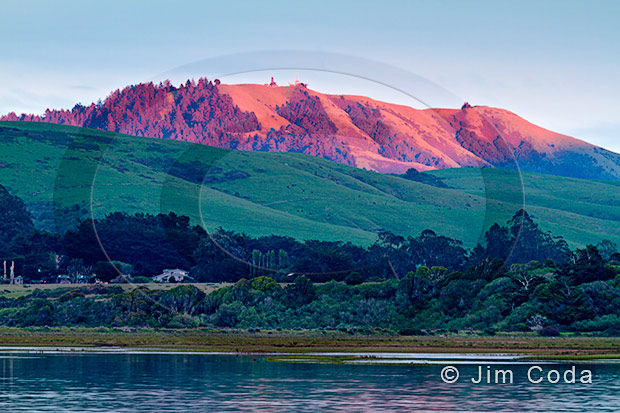Grizzly Bear, Yellowstone National Park

This is the only grizzly so far that has been close enough to photograph on this trip to Yellowstone. It’s a young bear and when I look at its eyes it seems sad.
Those aren’t insects flying around the bear. It’s snow. We’ve had rain, hail and snow the past couple of days. That’s not unusual this time of year.
There’s no time to cull photos. This is the first one I saw that looked OK.








